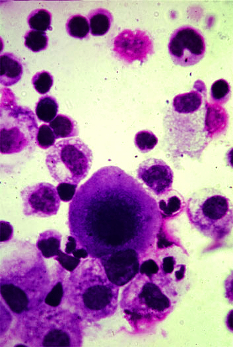T Cell function uncovered
 New Australian research provides a fundamental advance in understanding T-cell immunity.
New Australian research provides a fundamental advance in understanding T-cell immunity.
Monash University researchers have discovered new details of how T cells become activated when encountering pathogens such as viruses.
They found that T Cells need to recognise pathogens in a particular orientation in order to receive a strong activating signal.
T cells play a key role in the immune system by eliminating invading pathogens, such as viruses, and it is crucial to understand the factors that determine how and why T cells become activated after recognising these pathogens.
T cells express on their surface a T cell receptor (TCR) that recognises and binds to virus fragments (antigens) presented by infected cells.
This recognition event can lead to T cell activation and killing of infected cells.
“The central issue is that there are millions of different T cell receptors (TCRs) in the human body, and a vast array of viruses, making it difficult to understand the rules around how T cell receptor recognition of a virus drives T cell activation. Indeed, it is a problem that has remained contentious for over 25 years” says Monash University’s Professor Nicole La Gruta.
“Our study has shown that the orientation in which the T cell receptor binds is a primary factor determining whether the T cell receives an activating signal.
“This is an advance in our fundamental understanding of how a T cell needs to ‘see’ pathogenic antigens in order to be activated.
“It has clarified a critical mechanism essential for effective T cell immunity. It is also relevant to the ongoing development of immunotherapies that aim to boost the activation of T cells,” she said.








 Print
Print